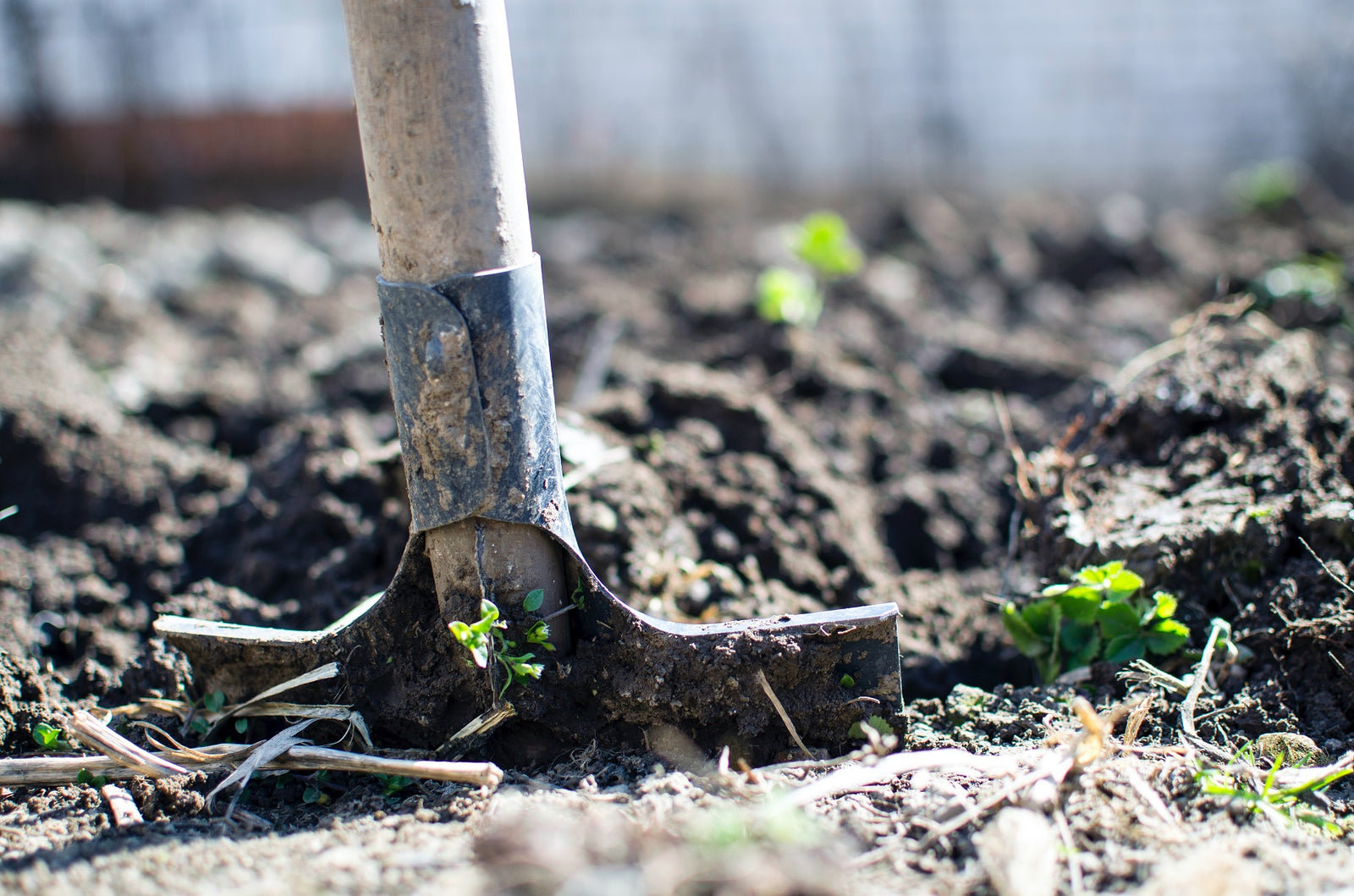Your Cart is Empty
One of the most commonly occurring issues that plague growers is ‘damping off’- particularly when it comes to seedlings. Fungal pathogens that cause damping off tend to spread very quickly and intensely, making them hard to control once they appear on your seedling trays or growing beds. Among these fungal pathogens, Rhizoctonia spp., Fusarium spp., Pythium spp., and Pytophthora spp. are some of the most common fungal pathogens.
Seedlings and young plants that have not yet developed sustainable immune systems and strong roots are extremely vulnerable to fungal infections, which often lead to root/crown rots and eventually death of the seedling or young plant. Spores of pathogenic fungi are brought into an environment through various channels, including but not limited to: through air, contaminated tools, growing mediums, irrigation water, and insects. It should be noted that it’s not uncommon for garden soils to already contain a modest amount of fungal pathogens. As such, it’s important for growers to take caution if they want to use garden soils for seedling trays or as growing mediums for young plants.
SYMPTOMS & PREVENTATIVE MEASURES
There are several symptoms which signal damping off in seedlings. Cotyledons (the first initial leaves produced by a seedling) and seedling stems topple over, shrivel up, and show discoloration (the color ranges from gray to black or brown) and stunted growth. Simply put, young leaves wilt and discolor with no signs of root development. If seeds are infected, no growth will be sprouting out of the surface of the growing medium.

Fungal pathogens are very fond of cold and wet conditions. Any unfavorable growing conditions such as over-watering, over-fertilizer, low soil temperature, low levels of light can further expedite the development of fungal growth and spread. Once damping off spreads on a seedling tray, it will only be a matter of days before you lose the majority or even the entire pool of seedlings on the tray. As a result, the most effective way to handle fungal issues is first and foremost prevention.
Here are some of the first steps you can take in order to prevent fungal issues in your seedling trays:
IS THERE A FOOLPROOF SOLUTION?
If you stick with these instructions, you can significantly reduce your chances of getting damping off in your seedlings. Unfortunately however, damping off often takes place despite precautions and all the care in the world, leading to enormous damage and loss. For this reason, we recommend taking extra preventative measures. One effective method we recommend is coating or treating seeds with Mikro-Root, a Trichoderma-based bio-stimulant that helps enhance germination rates. A great alternative to Mikro-Root is our microbial superpack Mikrobs, which also contains an ample amount of Trichoderma in the blend. In fact, many growers have been seeing great success in seed germination with Mikrobs.
You can hear directly from a grower himself on how Mikrobs turned things around for his struggling seedlings!: https://youtu.be/IUi565xaHyc
Check out Mikro-Root here: https://mikrobs.com/products/mikro-root-4oz
And Mikrobs here: https://mikrobs.com/products/mikrobs-microbial-superpack
Comments will be approved before showing up.
